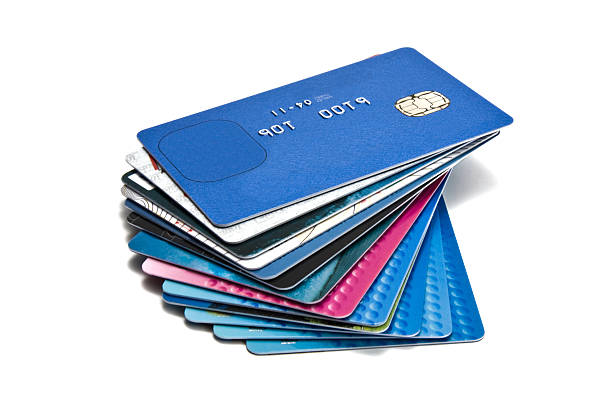On a cold November day, as I was walking outside, I passed two teenage girls pulling a cart. A chocolate brown colored Labrador was lying in the cart, wrapped in a woolen blanket with casts on its two hind legs. I asked them what had happened.
The family and their dog were in an underground parking lot getting out of their car when suddenly the dog saw a squirrel and immediately chased it. He jumped over a ledge without realizing he was going to land on a concrete floor…one story below. Ouch!
Luckily the pooch received a good prognosis and I assume he made a full recovery. I also imagine that his owners had to pay a large vet bill.
An emotional and financial commitment
When you adopt a pet, you make a financial commitment not only to feed and house it but also to pay for its medical care. Although we do our best to prevent our companions from getting sick or hurting themselves, some things are beyond our control. A serious accident or serious illness that requires costly veterinary care could happen at any time. Diseases and conditions associated with age could mean more frequent visits to the vet, in addition to expensive tests, treatments and medications.
As veterinary costs continue to rise, more and more people are buying pet insurance. According to the North American Pet Health Insurance Association 2018 Report, more than two million dogs and cats are insured in the United States and Canada, a statistic that continues to grow.
Should you consider getting insurance for your pet?
The benefits of veterinary insurance
Having insurance for your dog or cat can free you from a financial burden in the event of a disaster. It can save you the emotional agony of having to deny your pet medical care due to a lack of funds.
Another advantage is the wide range of different and flexible plans, ranging from standard accident and sickness insurance to comprehensive plans that include health services such as acupuncture, hydrotherapy, and physiotherapy. Monthly premiums can start at just $13 for dogs and cats.
The disadvantages of veterinary insurance
As with health insurance, you must understand what your plan covers, and more importantly, what it doesn’t.
Many plans only cover dogs and cats, but it is possible to find plans that include small mammals (rabbits), birds, and exotic animals.
Some veterinary insurance policies include breed, disease, or time restrictions. Others may increase your premiums as your animal age.
The majority of plans require you to pay vet fees upfront and then submit a claim, but some offer Direct Pay, where vets send the bill to the insurer, leaving you with only the cost of the deductible to be paid out of pocket.
Deductibles and copayments are additional aspects of veterinary insurance that can be difficult to understand and costly if not understood.
Savings Accounts for Pet Expenses: A Popular Solution
For some pet owners, the time and effort it takes to understand the fine print and make an informed decision are simply not worth it, especially when they may never need it.
While there’s no way to know what the future holds, you probably want to make sure you have some sort of financial cushion for your pet. If you’re not comfortable buying veterinary insurance, there’s always the popular solution of the separate savings account for your pet’s emergencies, where you contribute a small amount monthly.
That way the money is there if you need it. Even if your savings aren’t enough to cover your pet’s entire medical bill, it will reduce the financial burden. And best of all, if you end up not needing it, you’ll have some nice savings you can use for something else.





